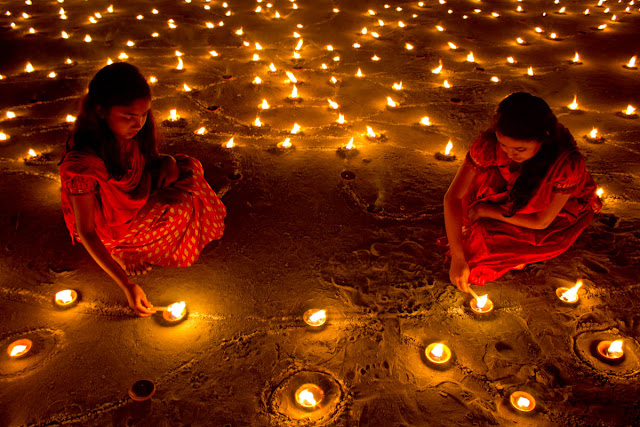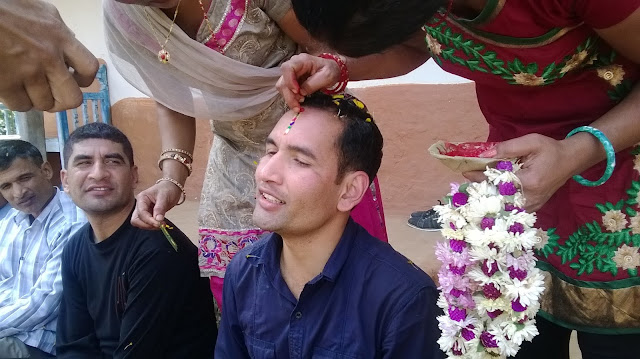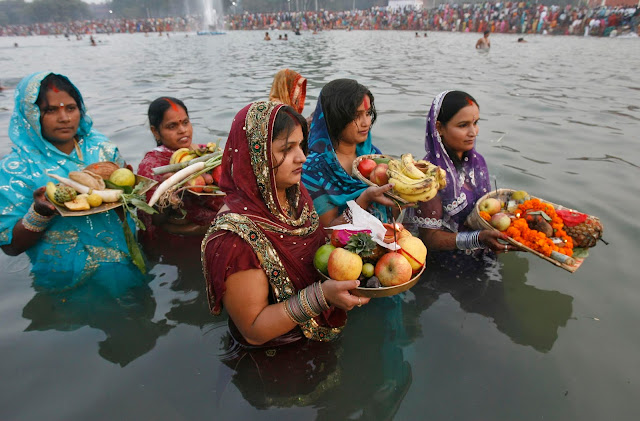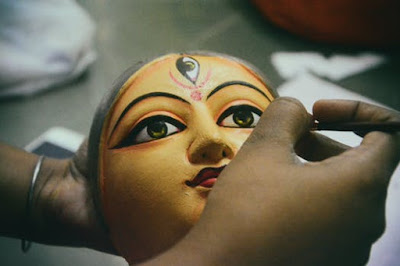Hornbill Festival
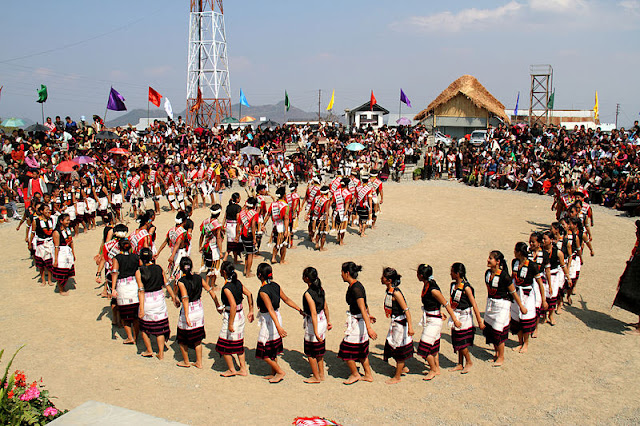
Hornbill Festival Nagaland Hornbill festival is a really big and important festival that is observed in the state of Nagaland, India's far Northeastern state where it is cherished by locals as well as others with much joy and grandeur. It is celebrated annually in the first week of December, from 1st to 10th of December. Traditional Folk dance performed by the Naga ladies About The Festival The festival is named after Hornbill, the most important bird species in the state whose importance is reflected in various cultural expressions, folk dances, songs and other rituals in the state. The most important industry in Nagaland is agriculture, and still, 85% of the population in Nagaland still depend on agriculture. So most of their festivities and rituals revolve around agriculture only which they consider sacred. The Hornbill festival is one of the largest celebrations of the indigenous warrior tribes of Nagaland. Naga people have a rich tradition of maintai
